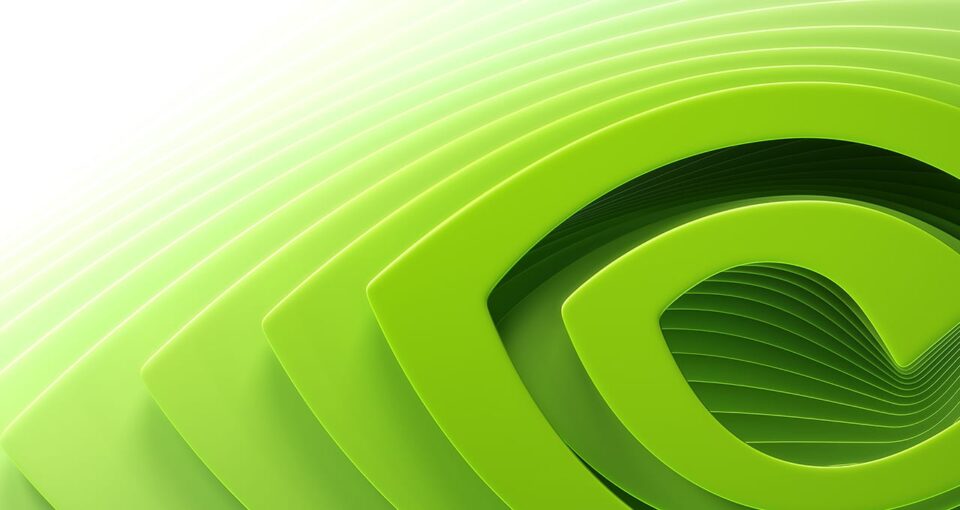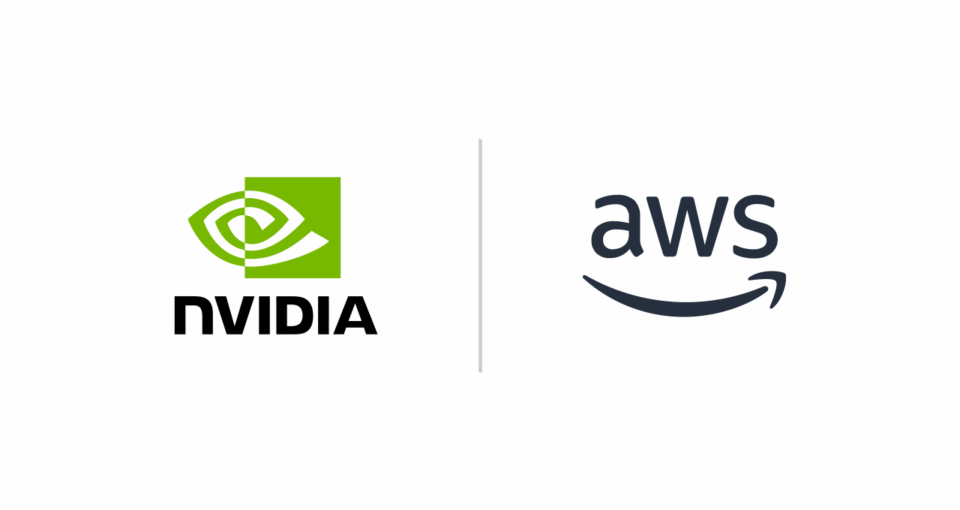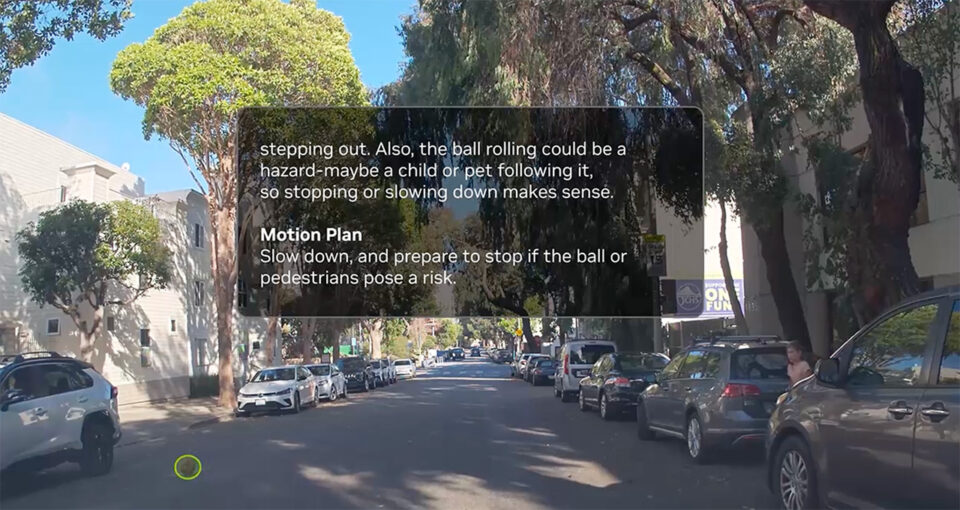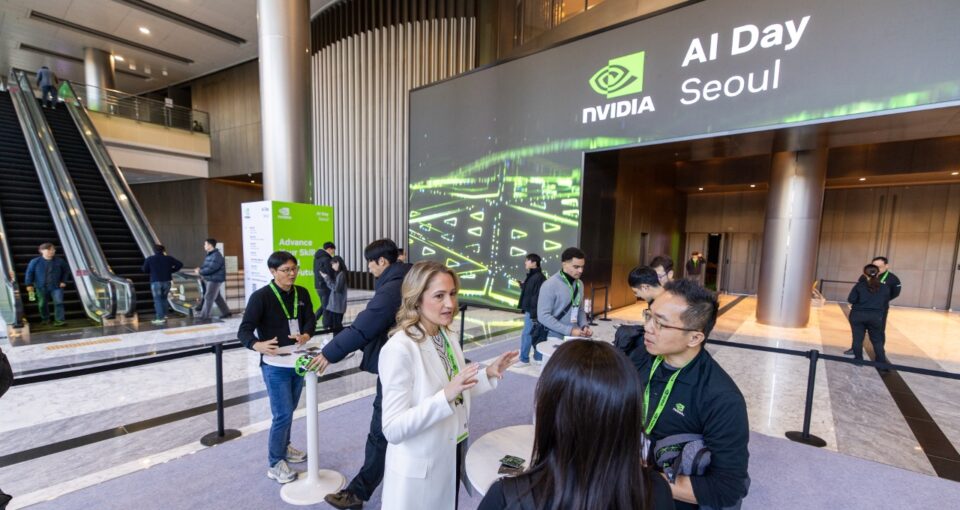Artists, Fashion Designers Tap State-of-the-Art AI for NVIDIA GTC Paris Gallery
When Paul Mouginot first brought AI into his art practice, he knew he’d tapped an exciting new tool for creative expression. But only through its continued use did he come to appreciate AI’s versatility as an introspective entity — what he calls “a poetic counterpart in the act of creation.”
“When an AI is trained on deeply personal data, it stops being just a tool,” said Mouginot, who since 2019 has worked as the artistic entity aurèce vettier. “It becomes a reflective device for poetic speculation.”
The French artist is one of seven exhibitors presenting artwork created with AI at NVIDIA GTC Paris, taking place June 10-12 at VivaTech.
The art gallery will showcase genre-challenging artists and fashion designers who are redefining what’s possible when human imagination meets machine learning — offering a window into the future of creative expression.
“This is an opportunity to reach audiences beyond traditional art spaces — white cubes, echo chambers — and to engage in a broader cultural conversation about AI,” said aurèce vettier.

Exploring ‘the Remembered and the Imagined’
The works of aurèce vettier imagine speculative vegetal and animal forms (“sur-nature”) against a visual and spatial context (“sur-reality”) derived from dreams.
For the series le travail des rêves and the light that is not seen, the artist trained generative AI models on images from his childhood and more recent photos from his phone. The generated images revealed dreamlike scenarios which he then transformed into oil paintings.
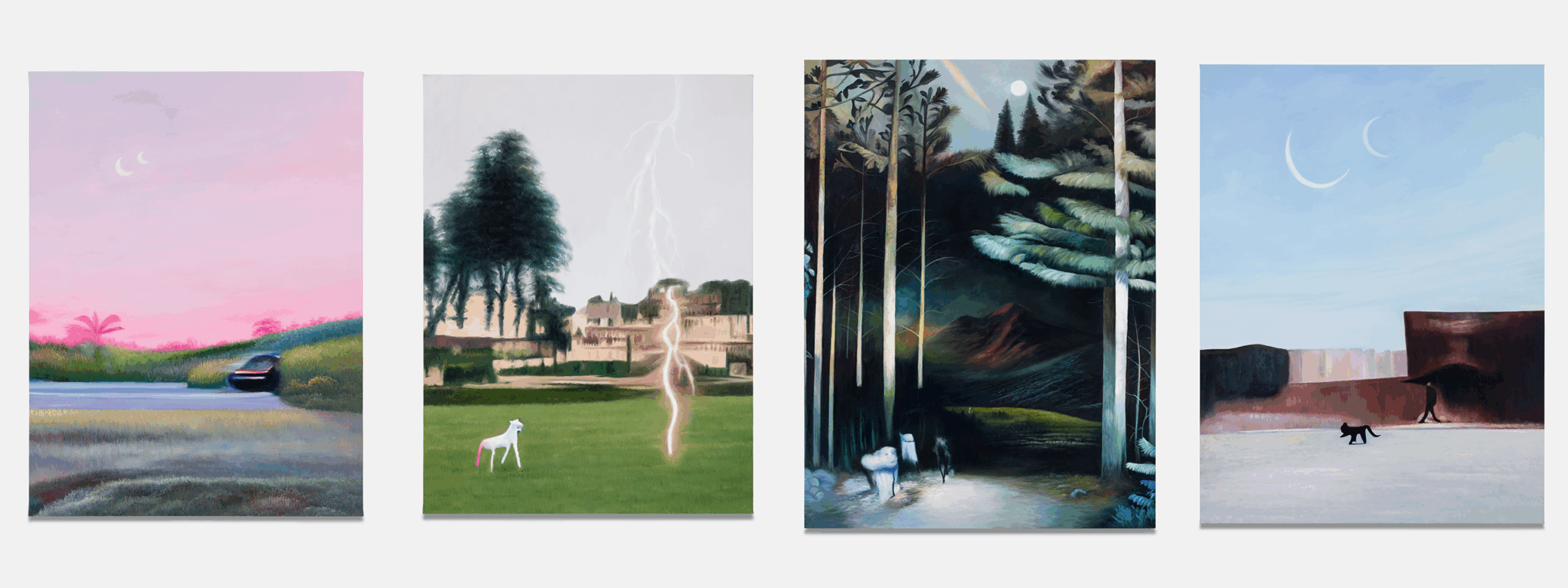
“NVIDIA’s technology gives artists the tools to reach new creative horizons,” he said. “I believe these technologies, tailored to artists’ ecosystems and mindful of resources, will help us explore new territories of emotion, memory and identity.”
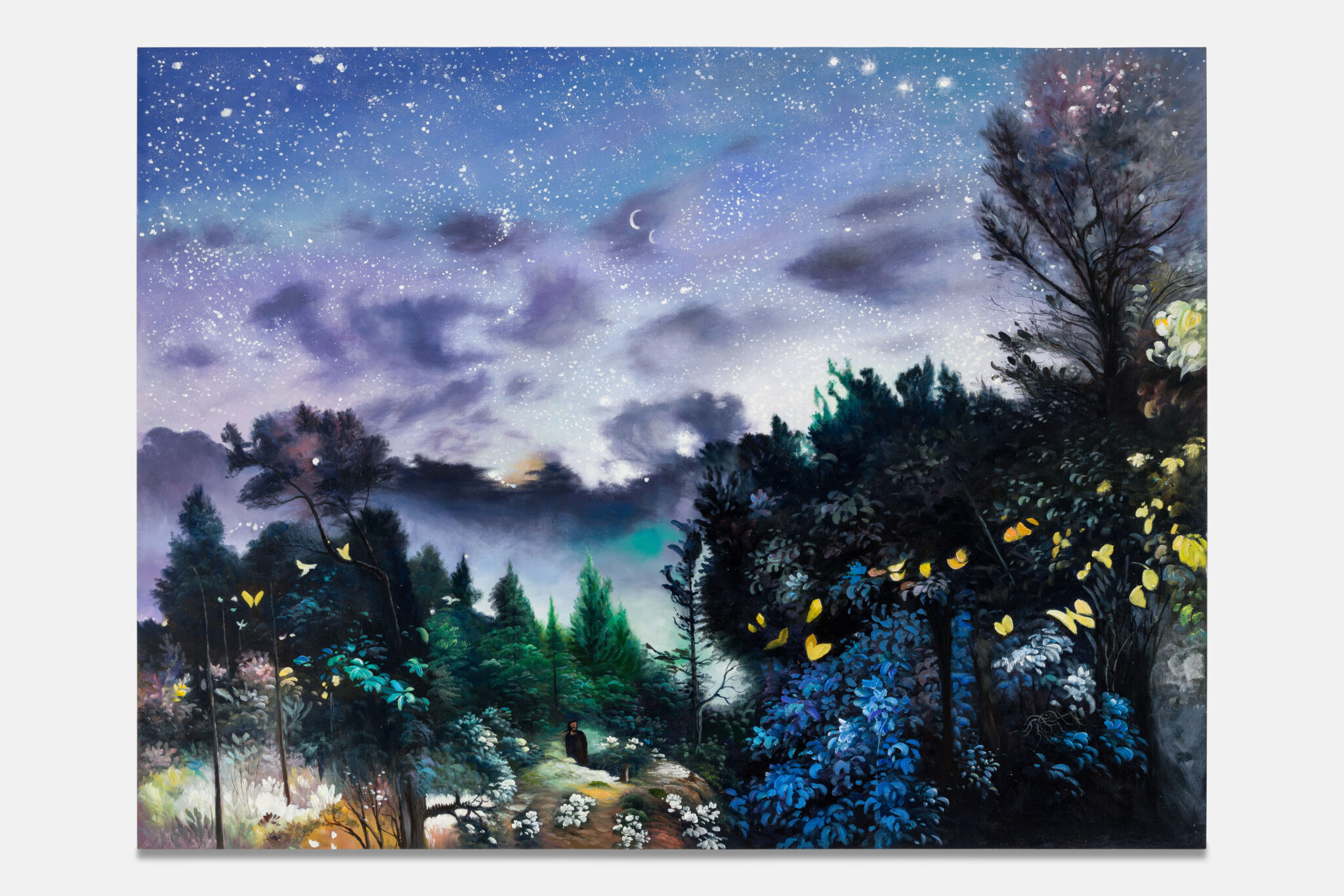
AI as a Memory Machine
Senegalese artist Linda Dounia Rebeiz’s interest in artificial intelligence was born of a determination to be seen and understood by emerging AI models.
“I was concerned that people like me — usually at the periphery of how technology is built and disseminated — would be erased from its emerging narratives,” she said.
In 2021, Rebeiz embarked on a multiyear project, Once Upon a Garden, to document flowers her grandmother grew up with that no longer exist due to Earth’s rapidly diminishing biodiversity. She soon realized “the way we remember the world is uneven.”
“In some places, online archives are thorough, resilient and explorable,” Rebeiz said. “For other places, especially in the Global South, they are not. This obviously affects how those contexts show up in AI training and therefore how well AI models understand them.”
Intensive groundwork, preparation and tinkering paid off when her first AI model generated 10,000 images, a moment Rebeiz describes as an epiphany.
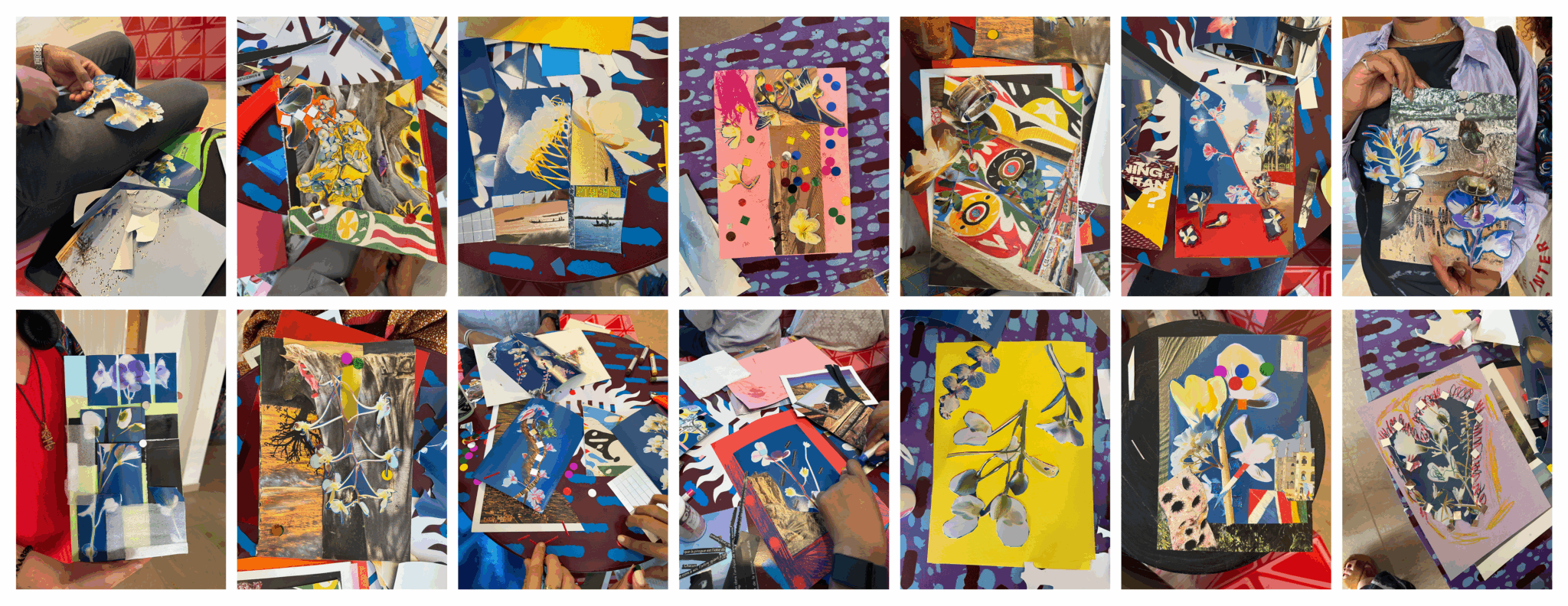
“I felt like I had done something impossible scale-wise,” she said. “AI is one of the most powerful engines for looking in the past and extrapolating based on available information.”
Entwining the Physical and Digital
Where Rebeiz’s work aims to catalog and preserve a fleeting past against the encroachment of an uncertain future, Sofia Crespo’s and Feileacan McCormick’s Entangled Others Studio probes the mutability of the present.
Self-Contained delves into the intricate process of encoding and decoding visual information through AI and the expression of organic information in DNA form.
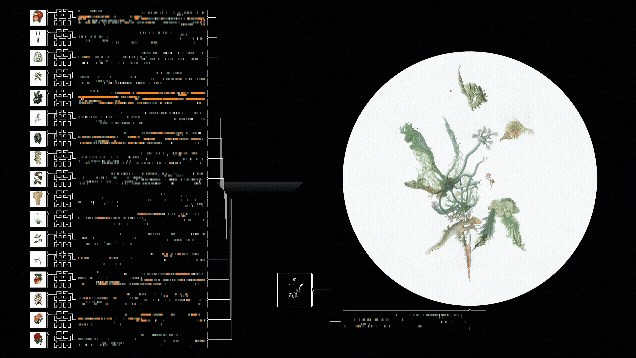
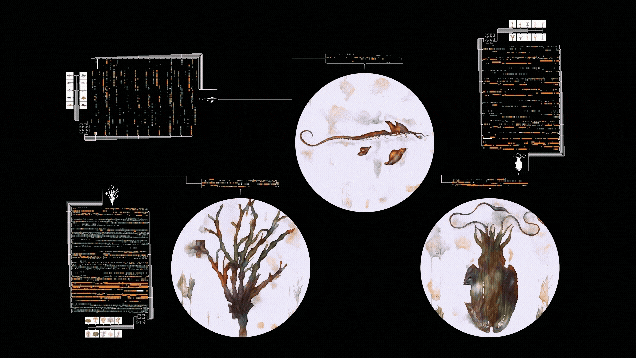
Akin to grafting two plants together, images from their dataset are spliced into an image “genome,” then regenerated into a more recognizable form with AI.
“Just as our cells divide, mutate and grow, so do the contents of our shared digital spaces as we remix, are remixed, hyped and made obsolete,” the studio founders said about the work.
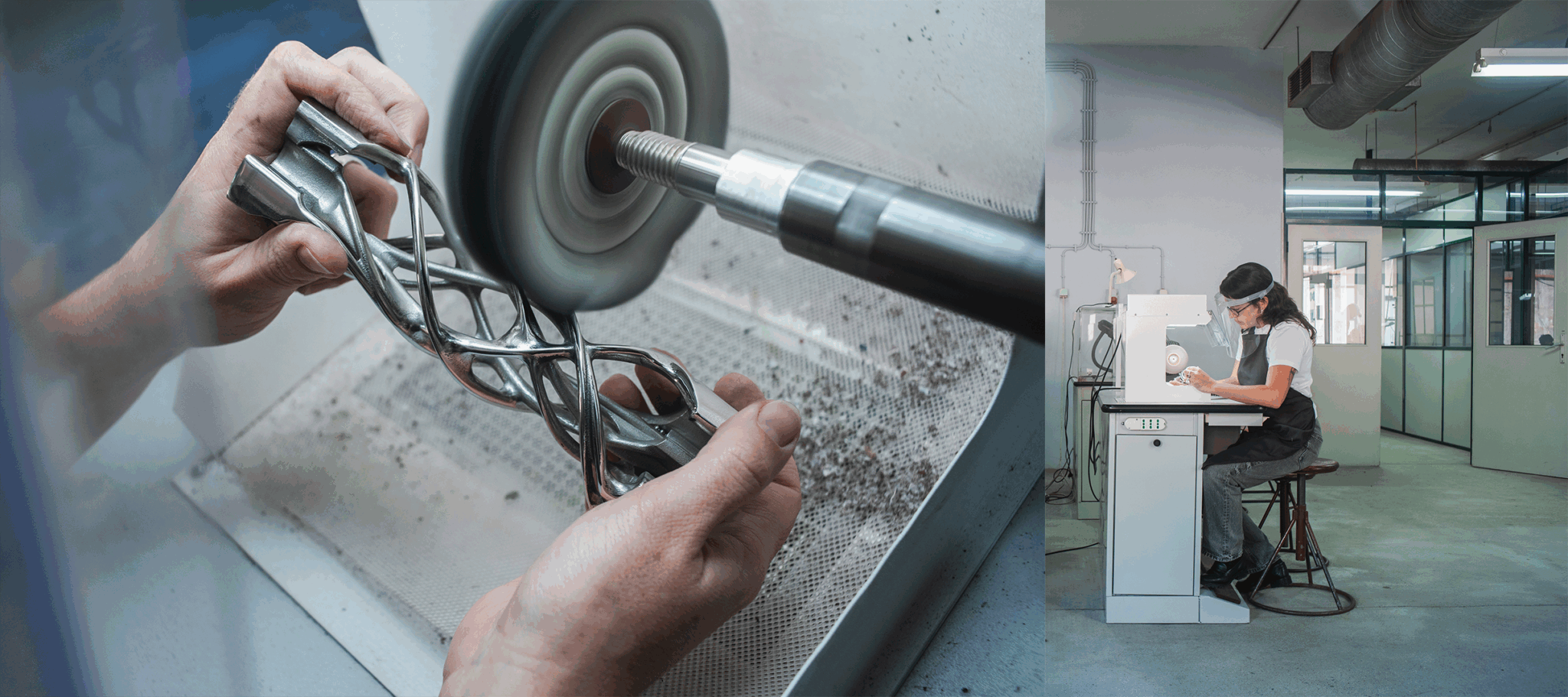
Where Art Meets Science
The multidisciplinary art studio known as fuse* puts artistic production at the service of science to convey complex concepts to a wider audience.
Its work Onirica () attempts to give shape to dreams through visuals created by a text-to-image diffusion model trained on neurological datasets from the Laboratory of Psychophysiology of Sleep at the University of Bologna.
“You can design a system, feed it your own vision or data, and then be surprised by an outcome that doesn’t merely reflect your intention, but reveals something unexpected,” said Mattia Carretti, co-founder of the studio with Luca Camellini. “It’s precisely this tension between control and unpredictability, between author and system, that we find deeply compelling.”
Creativity at the Root of AI
Jeroen van der Most conceived Vegetable Vendetta as an “AI experiment to empower the smallest players in the food sector,” using the latest image-generation technology to prove that tubers and other staple vegetables could assume an air of haute couture.
“The creation of such campaigns would have been impossible in the past due to budget and manpower requirements,” he said. “Thanks to AI, we now have potato commercials with Prada quality.”

For van der Most, juxtaposing the humble spud with high fashion exposes common tropes and notions in advertising and interrogates human desire at root level.
“AI showed me all sorts of clichés that are present in our advertising language: the poses, the gestures, the looks of people,” he said. “It’s an incredible mirror of who we are and what we desire.”

Weaving AI Into the Fabric of Fashion Design
The GTC Paris exhibition will also provide a platform for innovative installations from leading institutions in the world of fashion and luxury design: Institut Français de la Mode and the Fashion Innovation Agency at the London College of Fashion.
Both exhibitors will showcase the work of students, offering a window into AI’s role in the future of fashion and fashion campaigns as a tool for conceptual exploration.

“It’s about expanding imagination, not following algorithms,” said Giovanna Casimiro, a professor and researcher at Institute Français de la Mode. “We teach students to treat AI as an improvisational partner that brings unpredictability and new possibilities.”
For Matthew Drinkwater, head of the Fashion Innovation Agency at the London College of Fashion, exhibiting at GTC Paris is an opportunity to radically rethink how fashion operates from ideation to imagery.
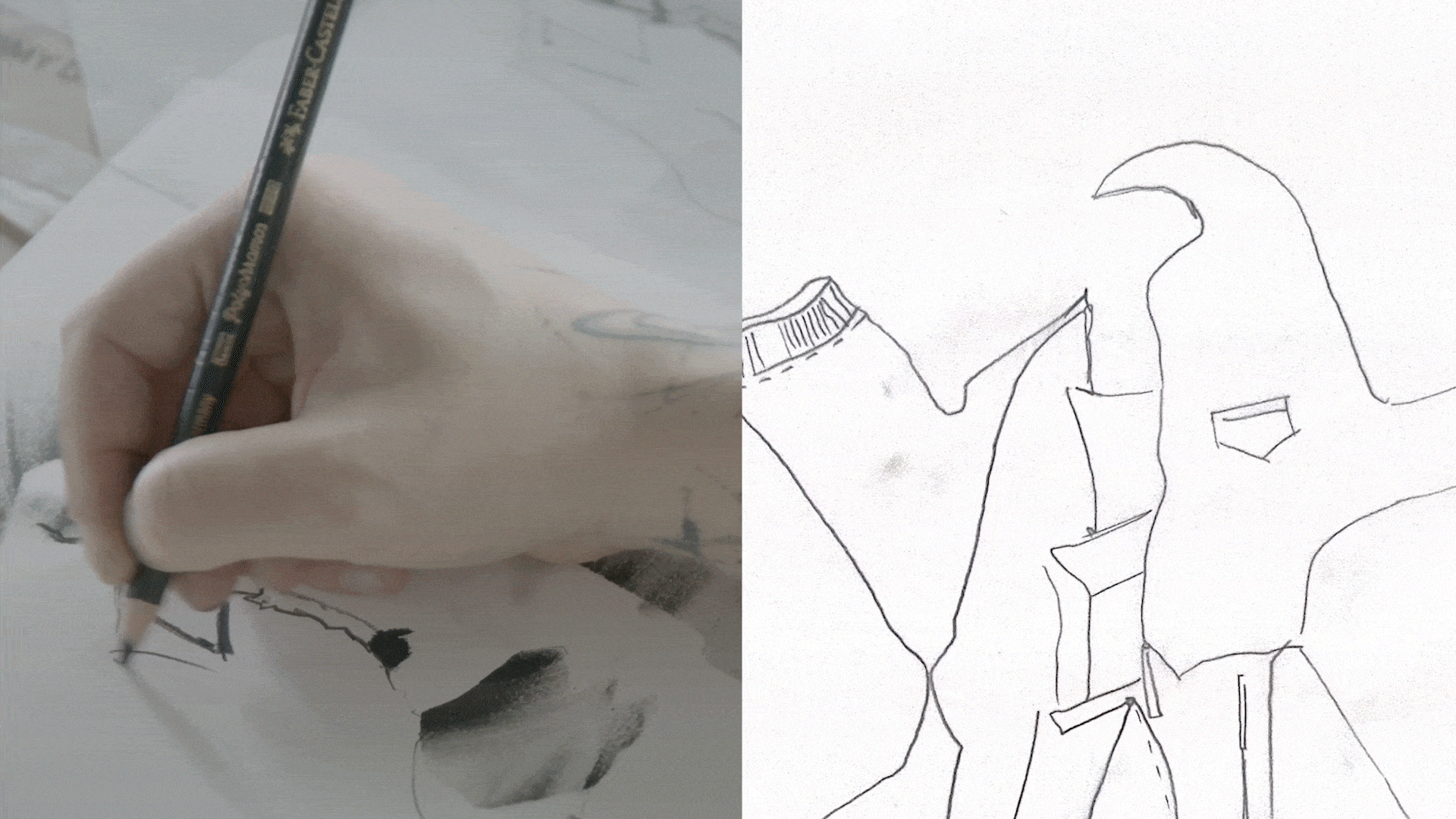
“With AI, concepts can be tested instantly, assets created on demand and aesthetics refined before a single garment is produced,” he said. “It’s a cultural and technological inflection point.”
Find the AI Art Gallery at GTC Paris at the Paris Expo Porte de Versailles, on the lower level of Hall 7.1, between the networking and VIP lounges.
Register for GTC Paris and visit NVIDIA’s virtual AI Art Gallery anytime.
